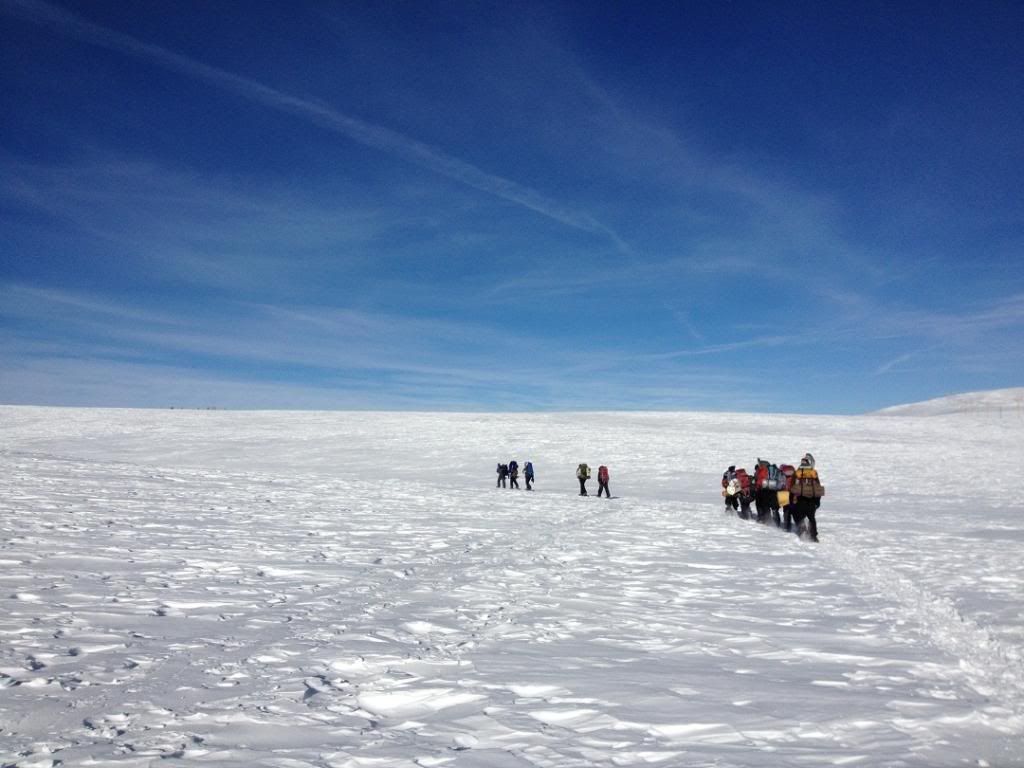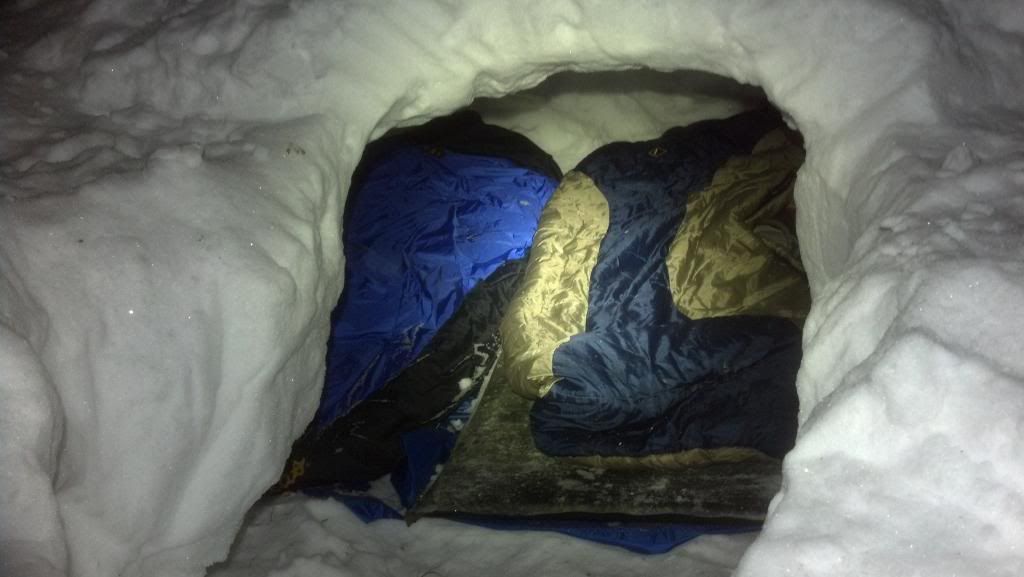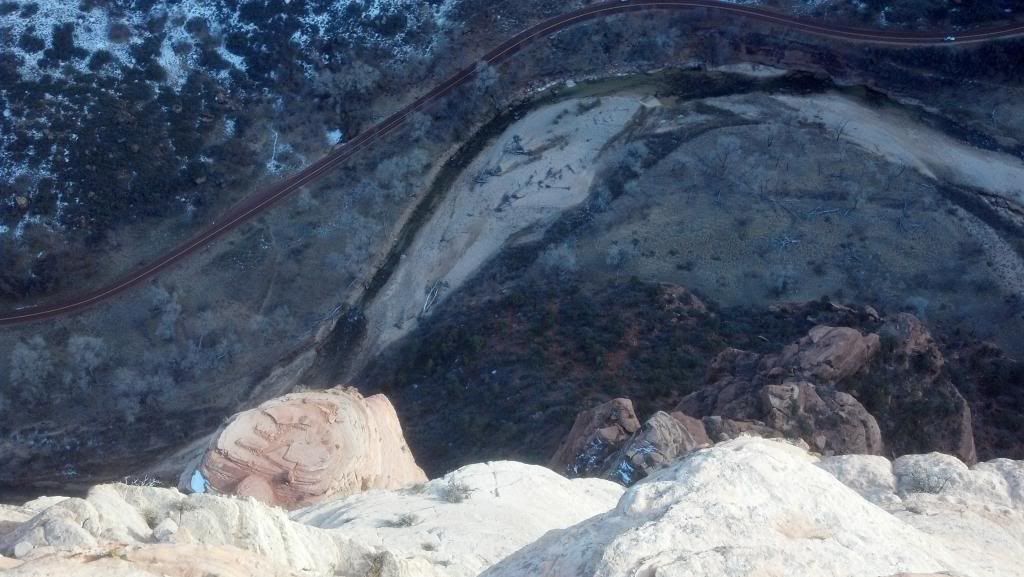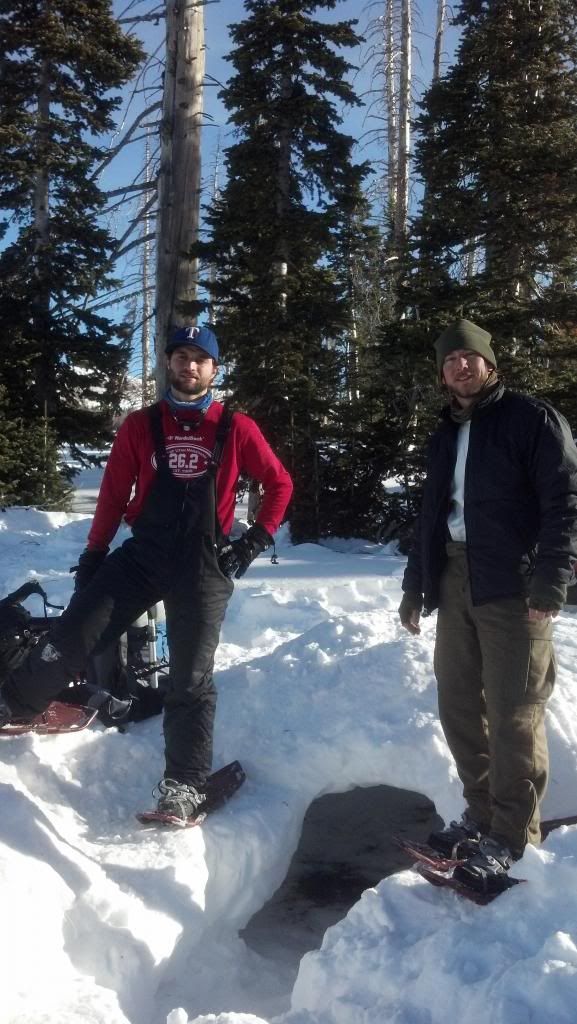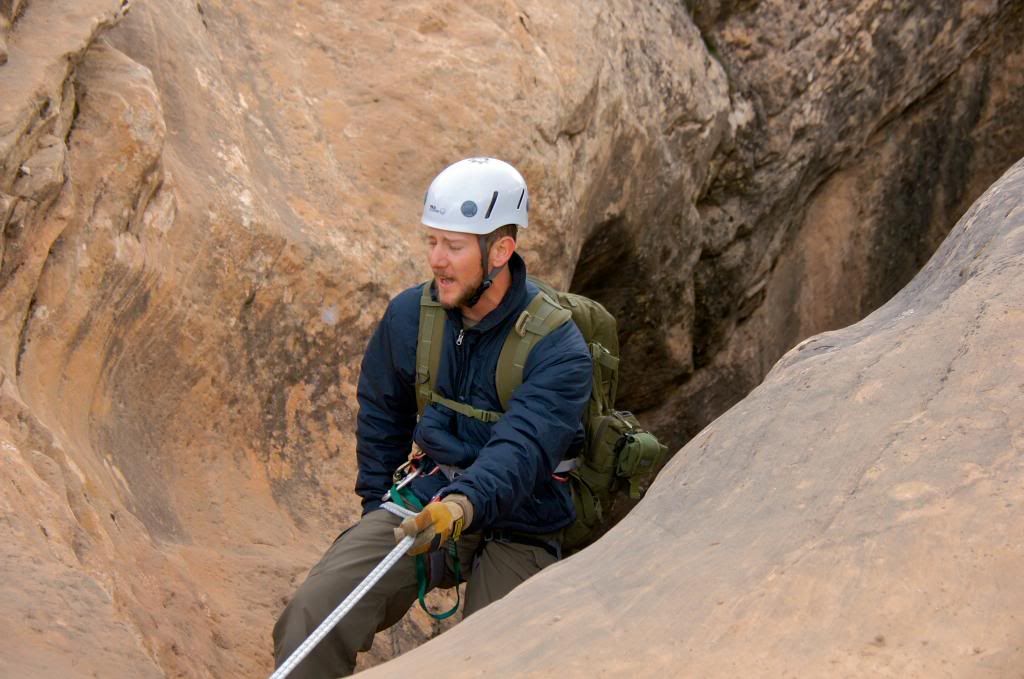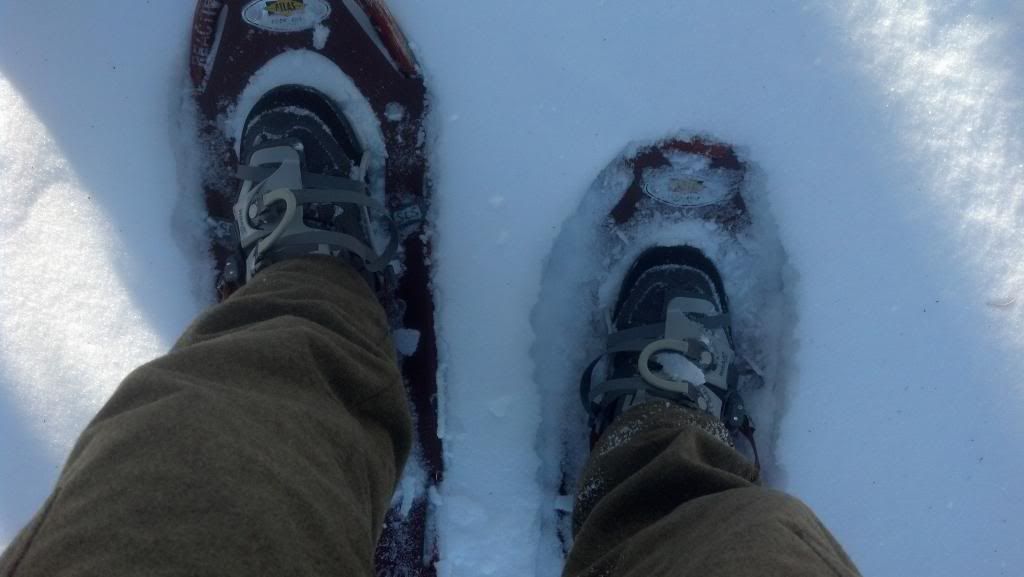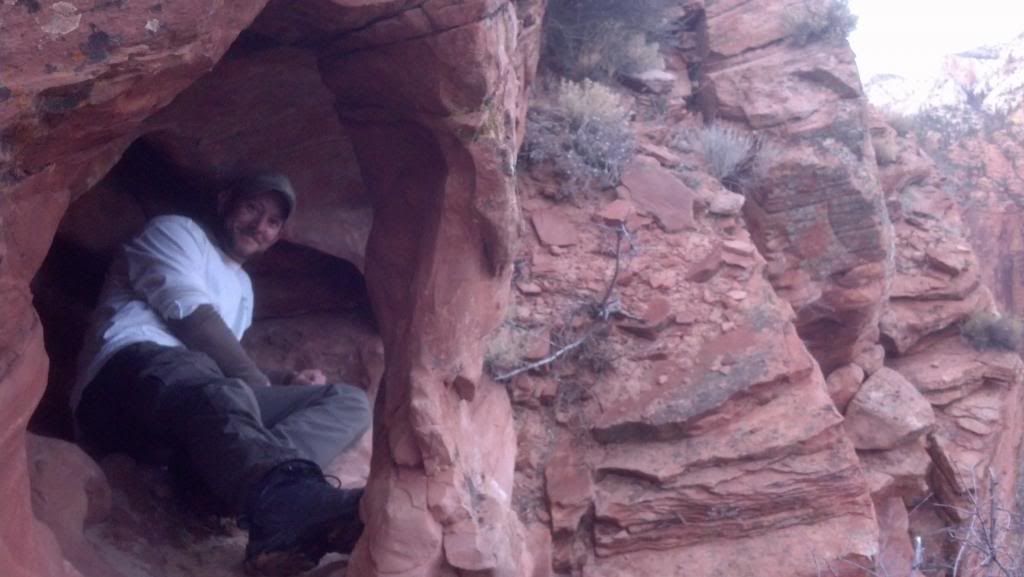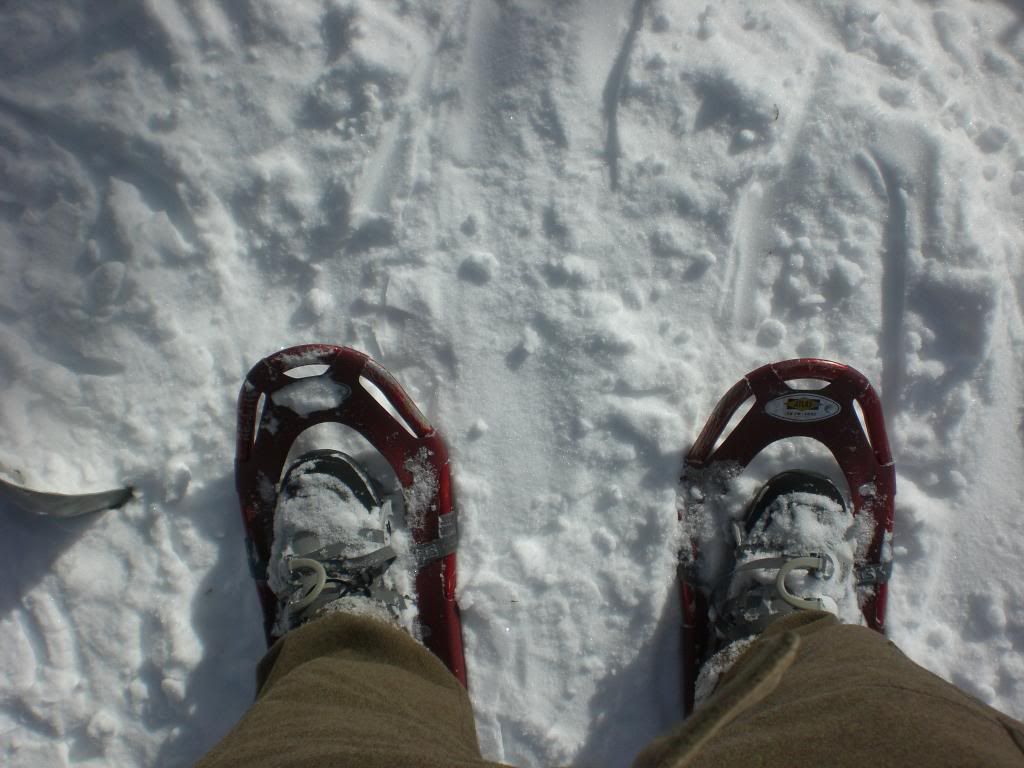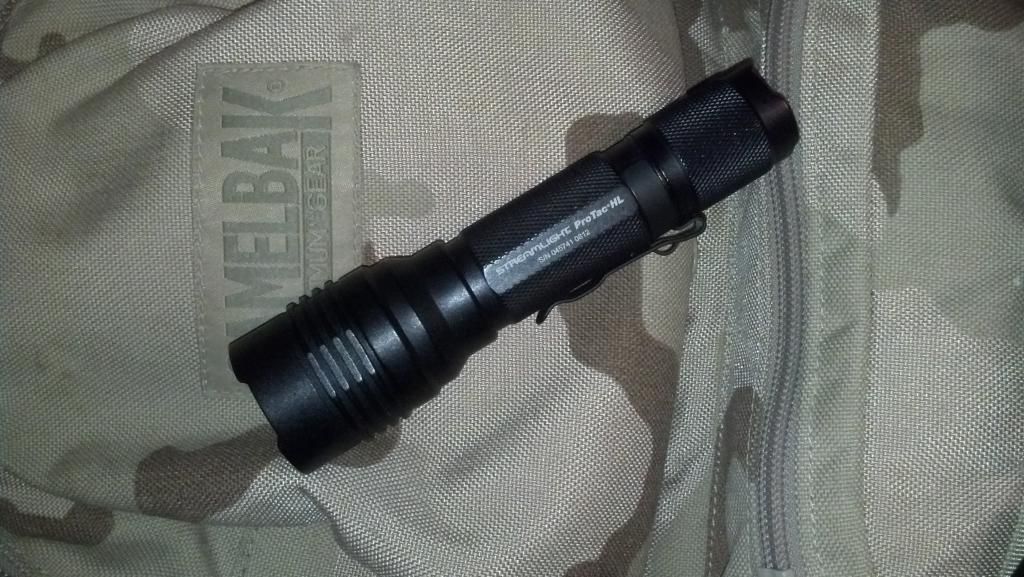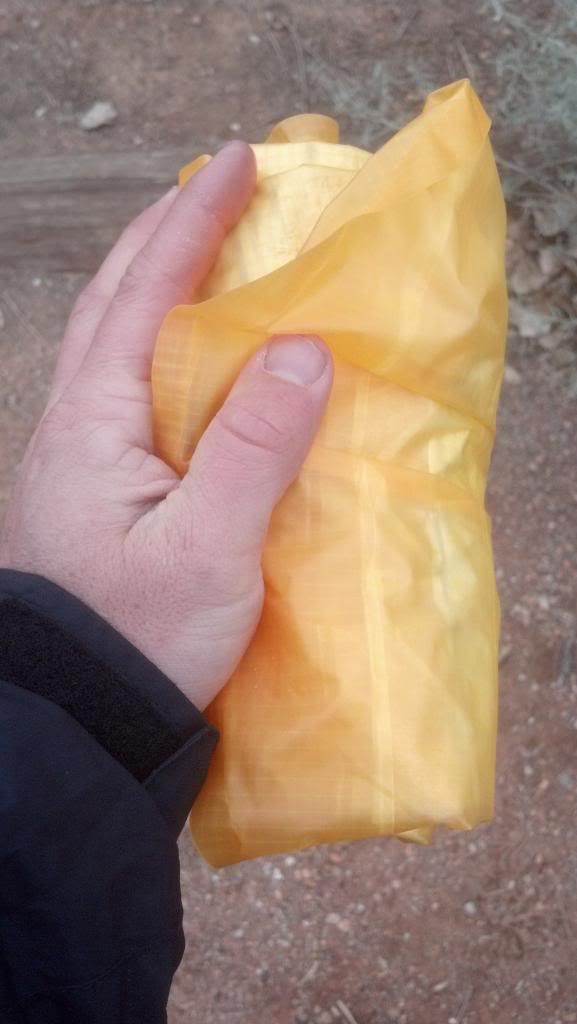The little .22 rimfire cartridge doesn't get a lot of respect from most people, but most of us cut our teeth in the firearms world shooting the small but effective .22LR (Long Rifle) round. And while there are other versions of this cartridge, including the Long, Short, Hornet, and WMR (Winchester Magnum Rimfire), the Long Rifle round is what most of us still use today as it remains the most popular of the .22 rimfires.
While I would not necessarily want to have to defend myself with a .22LR against an armed and determined attacker, I wouldn't put one down if it was my last resort, either. I've heard people say that the bad guy will "probably just laugh at you" if you shoot him with a .22, and indeed it's a well known fact that during the assassination attempt on President Ronald Reagan in March of 1981, several people who were shot, including the President, did not even know they had been shot until later. But it's also a well known fact that the .22LR has been a successful weapon of assassins the world over, as well as the choice for military special operations teams in close quarters operations, such as the tunnel rats in Vietnam. And if you ask your local trauma surgeon about gun shot wounds, they're likely to tell you a story about how they'd rather deal with a large caliber that is easy to locate and remove, as opposed to the small .22LR that tends to hit something solid and then find a new path and trajectory to some other part of the body. And while the oft quoted statement that if you shoot someone or something in the head with a .22LR it will bounce around inside the skull and destroy the brain is theoretical at best, there is no doubt that a well-placed .22LR round, or several quickly well-placed .22LR rounds, will make your attacker either rethink their life decisions, or at the very least have more opposition to fight through with several sharp objects tearing through their flesh. And again, while I personally would not prefer to use a .22LR as my primary defensive tool, I will always abide by the old saying that "a .22 in the hand is better than a .45 in the bush."

The wound cavity from a .22LR, while small compared to larger centerfire rounds,
is still quite effective as the 40 grain bullet travels almost 14.5 inches into the target.
In today's economy, and in our current political environment, ammunition has become more expensive and in certain circumstances even difficult to find. But in recent years, these rising expenses have driven increasing opportunities to train with and recreate with the .22LR. AR-15s have long been able to be converted to fire the .22LR round, as have several makes of handguns, but now on the market we see AR-style rifles as well as handguns specifically modeled after our primary firearms but available in the .22LR cartridge. This enables us to train with the less expensive round while maintaining proficiency with firearm marksmanship and manipulation. A box of 500 quality .22LR can still be purchased here in Arizona for under $25, while that same dollar amount would only buy a little over 50 rounds of .223/5.56 rounds, or just shy of 100 rounds of 9mm. And the .22LR has little to no recoil, which makes it enjoyable for shooters of all ages, comfort levels, and shooting abilities. Most .22LR rifles and handguns are in the $150 - $400 range, and will easily outlast the shooters who buy them, which also makes them very affordable and easy to obtain. In fact, I have a Winchester .22 rifle that belonged to my great-grandfather, and it still shoots as true today as it did when he held it. My favorite .22 pistol belonged to another grandfather and is still a family favorite when we head to the range. And let's not forget that with the diminutive size comes a diminutive sound, and while hearing protection should still always be worn when shooting any firearm, the blast heard from a .22LR is much less frightening or overpowering than with other, larger rounds. If you have the ability to put a sound suppressor on a .22LR, all the better.

.22LR rounds weigh much less than similar popular calibers, so more can be carried.
Price is also a major factor, as the .22LR pictured above cost around $20, while the .308
cost around $100, the .223 cost around $40, and the 9mm cost around $30.
And what about the emergency preparedness side of things? Where does the .22LR stand there? In my opinion, the .22LR may be the ultimate survival firearm. Small, easy to carry ammunition is a huge plus, as the picture above shows. A box of 500 hollowpoint .22LR rounds weighs just under 3lbs 8ozs, while the same weight would only get me 61 rounds of hollowpoint .308, 90 rounds of .223 ammunition loaded in three 30 round AR-15 magazines, or 125 rounds of 9mm in their factory boxes. Those four rounds are the calibers that I shoot the most, and while carrying the same weight limit at best I could get 25% of the number of .22LR rounds by packing 9mm. I consider a survival firearm to be needed primarily for securing a meal of wild game or dispatching larger animals for butchering, and when pressed into service as such it could be used as a defensive tool. However, this survival rifle must be easy to feed with small and inexpensive ammunition, must be lightweight and accurate, and must be reliable enough out to 50 yards, and beyond if needed. This is perhaps why the U.S. military has selected .22 caliber firearms for their aircrew survival kits for many years, including the M4 (.22 Hornet) and M6 (.22 Hornet/.410) survival rifles. The Ithaca M6 and similar rifles, such as the Henry AR-7, are available for civilian purchase and are good choices for last-ditch tools, though I would recommend a solid bolt-action or semi-auto action .22LR, such as the Ruger 10/22, as a primary survival tool.

Both of these hollow point rounds were pulled from game animals who had been killed with them;
top-left is an expanded 147 grain 9mm HP, with its unfired version top-right. Center bottom is
an 'expanded' 36 grain .22LR HP - quite small in comparison to the 9mm.
But quite frankly I wouldn't want to be shot with either of them.
If you don't own a .22LR caliber firearm, there is simply no excuse for it. With the ample supply of both firearms and ammunition in .22LR, and the myriad of setups that can be attained, from a training tool to a survival tool, or a 100 yard precision rifle to a compact rifle for recreation, there is something out there for you. I have not nor will I likely ever carry a .22LR as a defensive tool - there are simply too many better options. But the merits of the .22LR round are too great to be ignored, and with all that is going on today in this crazy world, I'll happily put to work a firearm that can feed me, entertain me, and if need be, defend me.
Stay Aware, Stay
Safe, Train Hard.
-Glen Stilson




